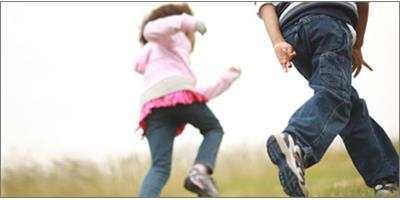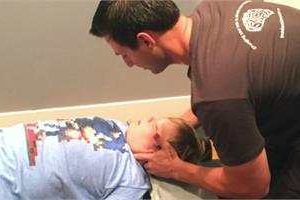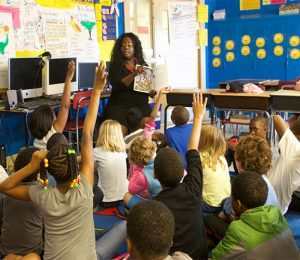Health specialists say that children and youth should be getting at least 60 minutes of moderate to vigorous exercise every day. With only 9 per cent of boys and 4 per cent of girls actually meeting these requirements, Canada’s current approach to ‘physical literacy’ just isn’t cutting it.
What is ‘physical literacy’?
It’s the fundamentals of movement – the ability to balance, throw, catch, strike, hop, jump and kick in a variety of environments, from snow to water to air, ice, grass and sand. It’s moving with confidence and competency and the ability to make the right decisions in a physical activity situation – and also pivotal elements in developing a love of sport and fitness.
When children feel confident from a young age in their ability to kick or throw a ball, run in a game of tag without feeling winded or play hopscotch and jump rope, they are more likely to become long-term participants in sports and physical activities and give it their all.
How important is physical literacy in your household? As parents, caregivers, coaches and teachers, it is crucial that we do our part to develop our children’s physical literacy, to ensure their success and the cultivation of a healthy lifestyle. Of course, many kids develop good movement skills on their own, through sports and recreational play, but there are many who do not demonstrate a natural affinity towards sport. Think back to your days on the playground during recess, when you and your peers would choose a captain and break into teams. There were always a few, less skilled children who were left out or chosen last – obviously a blow to their self-esteem. Children today face these same situations, and the results are the same too; decreased effort, and ultimately, a lack of desire to participate in any physical activities, which they’ll likely carry with them into adolescence and adulthood.
With the average child spending at least six hours a day in front of a screen or sitting down, many parents wonder how they can pry children away from the TV and computers and motivate them to get active. Instead of promoting physical fitness as something children need to do, some educators and companies are encouraging children to get active not because they have to but because it is fun.
Award-winning Juno performers Judy and David, whose new show JiggiJump premieres September 3rd and airs on Tuesdays and Thursdays at 10:11am on Kids’ CBC, know that video games and other electronics aren’t going to disappear. Instead of competing for children’s attention, the JiggiJump approach is to work with the mediums our children enjoy while encouraging physical literacy and love of movement through imagination, music and fun.
“Instead of telling kids that they “should” get active, we bring them to the jungle, point out the purple alligator heading this way, and away we go. Add some great music and kids start moving with wide eyes and huge smiles. “Should” doesn’t even come into it,” says David.
Marnie and Rena Schwartz, twin sisters and Owners of ViBE Dance & Fitness Studio in North Toronto share this philosophy too. They promote a focus on health with a mission of ‘sweating and smiling’, and not winning medals at their dance studio, by encourage a non-competitive, inclusive environment that allows youth to develop fundamental dance skills while having fun and making new friends – a mentality that fosters a long-term dedication to dance as a hobby and ultimately, an active lifestyle.
“[Physical literacy] is as important as reading and writing skills, and the ability to work with numbers,” says Dr. Dean Kriellaars – an exercise physiologist and Associate Professor in the Department of Physical Therapy at the University of Manitoba. “Physical literacy is the fundamental basis for developing participation in society.” (PhysicalLiteracy.ca).








